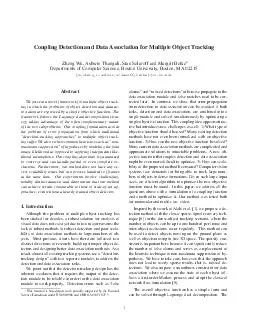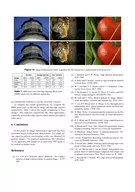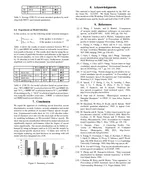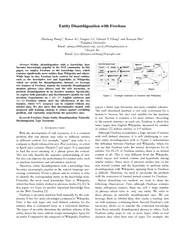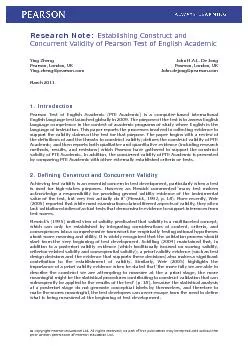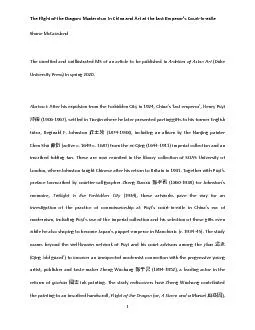PPT-Zheng Qu
Author : liane-varnes | Published Date : 2017-03-31
University of Edinburgh Optimization amp Big Data Workshop Edinburgh 6 th to 8 th May 2015 Randomized dual coordinate ascent with arbitrary sampling Joint work
Presentation Embed Code
Download Presentation
Download Presentation The PPT/PDF document "Zheng Qu" is the property of its rightful owner. Permission is granted to download and print the materials on this website for personal, non-commercial use only, and to display it on your personal computer provided you do not modify the materials and that you retain all copyright notices contained in the materials. By downloading content from our website, you accept the terms of this agreement.
Zheng Qu: Transcript
Download Rules Of Document
"Zheng Qu"The content belongs to its owner. You may download and print it for personal use, without modification, and keep all copyright notices. By downloading, you agree to these terms.
Related Documents


